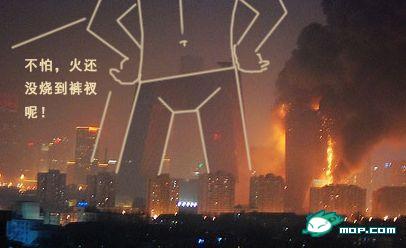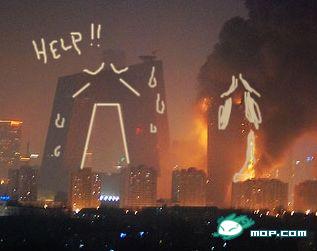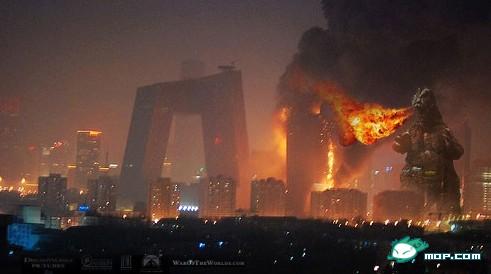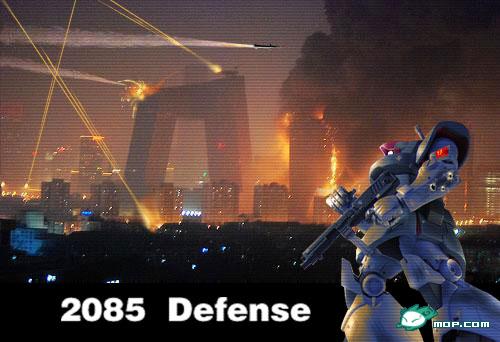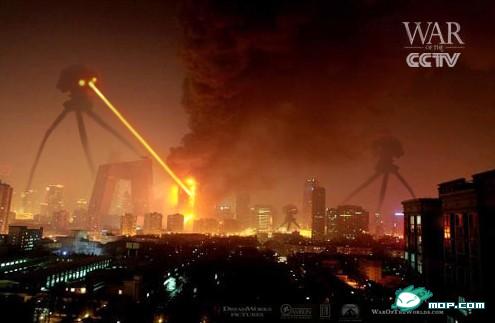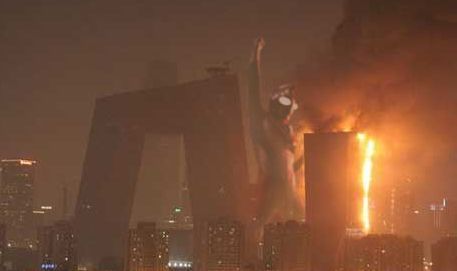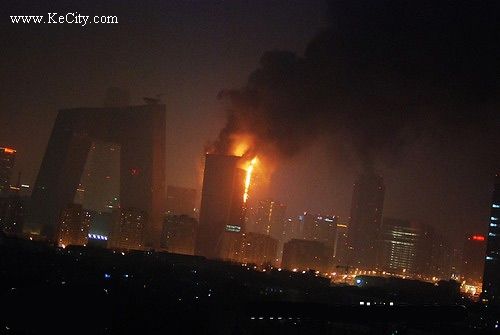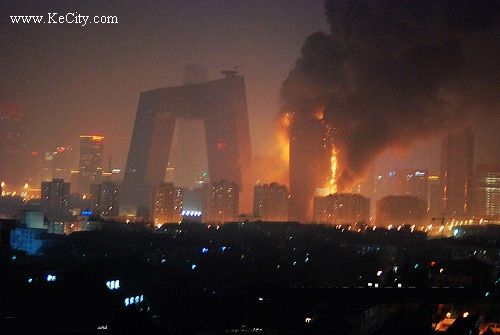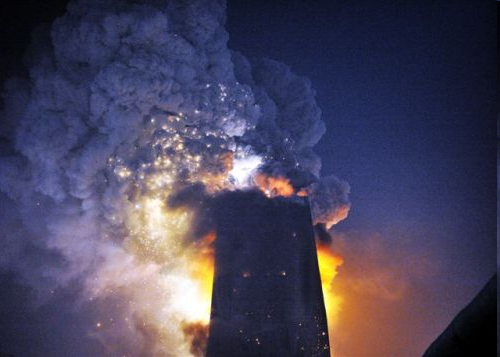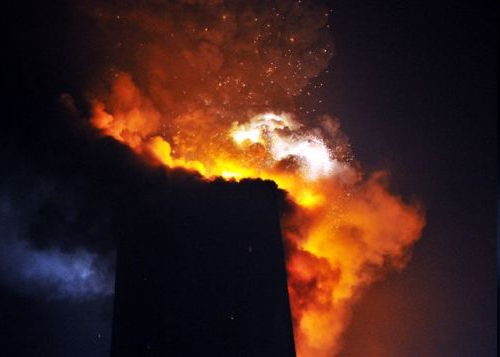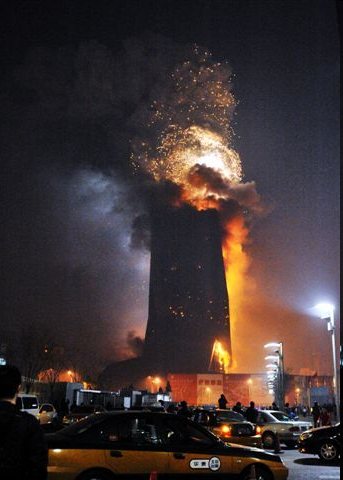
The global tourism sector is hard hit by the financial crisis. How can Malaysia continue to woo tourists on the back of such gloom?
IN the coffee house of an internationally-managed hotel in Petaling Jaya, this journalist is interviewing a gentleman on his take on the outlook of the country’s tourism sector. Not once during the one- and-a-half hour long interview, are we approached by a waiter for a coffee refill or if we needed anything else.
Small thing, you say? Not necessarily. Getting the “service mentality” right is fundamental in creating the right image to boost the country’s tourism and hospitality industry, which economic importance cannot be overemphasised. And this – it makes a huge difference in determining whether a tourist’s stay is memorable or not.
With the world facing a crisis, the need to refocus on customer satisfaction and service quality has become even more imperative as countries strive to reinvent themselves and their market strategies to pitch their appeal to tourists.
The country has many strengths to draw from. In Asia, Malaysia is second only to China in terms of tourist arrivals.
The sector contributes some 7% or RM48bil to Malaysia’s gross domestic product; it’s significant but it also means there’s ample room for growth. Its melange of culture, food, friendly faces and beautiful beaches makes it a sweet tourist spot.
Last year was another good year for the sector. It registered 22.05 million tourists – a 5.1% increase over the previous year and exceeding its target of 21.5 million tourists as per the Ninth Malaysian Plan. The average per capita spending per tourist stands at RM2199.80.
Singapore tourists continue to make up the largest number of tourists in Malaysia, representing about half of total arrivals in Malaysia, followed by Indonesia (11%), Thailand (6.8%), Brunei (4.9%) and China (4.3%).
Hit by the crisis
The tourism sector worldwide is bracing itself for a tough time ahead on the back of the global economic crisis. Already, many popular tourist destinations have taken a serious knock as a result of the crisis due to cautious consumer spending.
The United Nations World Tourism Organisation (UNWTO) forecasts that growth in international tourism this year will be flat at best or may contract by 2%.
Similarly, Malaysia’s Tourism Ministry, acknowledging the global contraction, has also lowered its 2009 tourist arrivals forecast by 10% to 20 million.
Some hard hit nations have begun to rethink their marketing strategy, looking instead outside of their traditional markets to boost the flagging tourist numbers.
Tourism has come a long way
From 5.5 million arrivals in 1998, tourist arrivals in Malaysia have more than quadrupled to 22 million in 2008.
Deriving income from the tourism sector isn’t something new for Malaysia. Some two decades ago, Malaysia was already being promoted as the mystique destination of Asia.
The first Visit Malaysia campaign was held in 1990 programme with a budget of RM100mil.
Back then, it was said to be one of the most expensive campaigns organised for the industry. Nonetheless it accomplished its mission, and boosted tourist arrivals by 53.6% to 7.445 million.
Tourism receipts also surged 60.5% to RM4.5bil.
Subsequently a Visit Malaysia 1994 was held. In the more recent Visit Malaysia 2007 campaign, the government budgeted some RM200mil, and again succeeded in increasing tourist arrivals by 20% to 20.97 million that year.
This was further supported by the opening of 31 new shopping malls that year. The average occupancy rate of hotels in the country in the last two years has improved to 70%, compared to 65.5% in 2006.
Investments wise, a total of 35 projects worth RM1.8bil was approved in the hotels and tourism sub-sector for the January to September 2008 period. This was an increase from RM1.3bil projects in the previous year.
But while these statistics appear rosy, with the world in recession mode currently, what else can Malaysia do to maintain its momentum?
Looking ahead
There is consensus that as the global crisis continues to unfold, it will take a toll on Malaysia’s tourism sector. As it stands, a bulk or some 70% of Malaysia’s tourists stem from Asia.
“Industry players have come to terms with it. I think the target of 20 million tourists is realistic. It is probably the long haul tourists that will be affected. So the focus is to attract tourists from the regional and domestic market,” says Malaysian Association of Tour and Travel Agents (Matta) president Ngiam Foong.
Still, he says that people will travel. The only difference being, those who had planned for long haul trips, may tweak their budget and opt for shorter trips to cut cost while travel frequencies will definitely decline.
On the flip side, he says domestic tourism may get a boost as a result of consumers cutting back on (long-haul) travel expenditures.
Should the Tourism Ministry cut its budget to pitch Malaysia’s appeal as a tourist spot?
“I don’t see us being so impacted. I see it as a watershed year. In times like these, the Ministry of Tourism should never reduce its budget. More than ever, they should sell the country,” says Malaysian Association of Hotels (MAH) vice-president Ivo Nekvapil.
For 2009, Nekvapil says there will be some revised budgets for hotels, but generally not more than 10%.
“Rates will not go down. Hotels are increasing them marginally, as we are still the lowest in the region. Even with an increase, we are value for money,” he says.
As of January 2009, Malaysian hotel’s average room return (ARR) stood at RM275, an increase from last year’s RM265. Presently, the average length of stay of a hotel guest is 3.8 days and the target is to raise this to 5.4 days.
Pitching its appeal
In mid 2008, Tourism Minister Datuk Seri Azalina Othman Said kick started Project Zoom!, a domestic tourism campaign urging Malaysians to travel to local holiday destinations. It is hoped that the project will spark interest in lesser-known and new places of interests within the country.
Nekvapil feels that Zoom has so far been successful, adding that Branding Malaysia/Truly Asia – a campaign by the Malaysian Tourism Industry – has also been successful and should keep going.
“You cannot keep changing brand and taglines. You must keep them going if they are successful, and the present campaign is very successful. For instance, Singapore’s ‘Singapore Girl’ has been going on more for than 30 years,” he says.
Much has been done to create awareness of Malaysia as a tourist destination, the government has done quite well.
He adds that Matta heavily supports the government through roadshows and trade missions.
“We do so much marketing and advertising. Throughout the year, we bring foreign journalists to write about Malaysia. Recently we followed the Ministry to Indonesia to encourage a dialogue of ‘one destination – 2 countries sort of package.”
“During our annual Matta fair, about 40% of our booths are reserved for Malaysia. So we’re also helping to sell Malaysia. On average, a Matta fair garners around 80,000 visitors,” he says.
“Malaysia has come a long way from what it used to be. Some people know Malaysia, some people don’t. That is only expected. But nowadays, people don’t really ask where Malaysia is anymore,” he says.
Moving forward, Nekvapil says there ought to be more emphasis on targeting the right markets if Malaysia wants to draw better quality tourists.
“We should target tourists from Europe, Australia and Japan. Or the Middle Easterners who come in normally from June to September,” he says, adding that this may not be that hard to do given Malaysia’s plus points – with value for money destinations, good products, services and hotels.
Yet, there is much more to do to woo tourists.
“We have to improve the image of our facilities, which is not always in good shape. Taxi and limo services need to improve as we have had many bad impressions created by some bad apples. We have to continually improve our service in hotels as we are sometimes far behind that of Thailand and Indonesia,” says Nekvapil.
Another important aspect is that there ought to be more coordinated and concerted promotional efforts among all the states in the country. “If we don’t (do that) we will lose out. Thailand is a very good example of excellent coordination. We must be aware of how good the other players are. We need to compare and better ourselves at all times,” he says.
Embracing tourists
Indeed, getting every single player and person in the country to embrace the tourism culture and feel as if each has a role to play in the sector is easier said than done.
In this respect, Ngiam says, there is much that needs to be done as presently there is the notion that the stakeholders of the tourism sector comprise mainly of the government and hotels.
“The stakeholders include the government, the airlines, hotels, tour agents, the attractions, the shopping and the people. The public is very important. They need to get involved. For example, when a tourist stops to ask for directions, we should be helpful,” he says.
Ngiam says that when a tourist goes shopping, he undergoes different ‘experiences’ that can subconsciously make him a repeat tourist.
“Wouldn’t it be nice, if the shop assistant served with a smile and with sincerity. Tell the tourist about the discount or special offers he is entitled to, if he were to purchase a certain amount,” says Ngiam.
He feels that it is up to Malaysians to deliver these positive ‘experiences’ to a tourist when they come to Malaysia.
Right from the moment they arrive, the immigration officer must smile, the taxi driver must be friendly and all the way up to the bell boy in the hotel.
These basic wow factors are easy and the most effective in courting tourists and the best – they require zero capital outlay.
Much also has to do with perception. Whilst in Thailand, a career in the service/hospitality industry is considered a serious professional pursuit, back home, Ngiam says, that has yet to take root perhaps due to the stigma of working in a hotel or bar.
The bar also needs to be raised on the quality of service.
“In Bangkok, if you were sitting in a coffee house, somebody will come every 20 minutes to serve you. Some even take the trouble to know your name. That’s quality,” he says.
Then of course, there is the issue of facilities. On this note, there has been a conscious effort by City Hall to provide cleaner toilets.
“People come back to a country because it is easier to move around. On an interstate level, Malaysia is alright. In Kuala Lumpur however, we need to improve our public transportation. We need a better bus hub. Puduraya for instance, just isn’t pleasant,” he says.
Ngiam highlights that the crime rates in Malaysia especially in Johor, will deter regional neighbours from coming.
“Certainly no country is crime free. And with Singapore being our neighbour, they read our news. What happens here, impacts them. So this is a perception issue we need to address,” he says.
“We have to go back to basics. What we need now is to encourage people to join the industry. We find it difficult to get people to work in the services sector,” says Ngiam.
On a more positive note, both Nekvapil and Ngiam feel that the business tourism portion is well handled.
“Our meetings, incentives, conventions and exhibitions business is still developing and there is tremendous potential here which I feel is very much untapped. We have to promote the country as a venue up to 10 to 15 years ahead for some conferences,” he says. (See side bar)
Cabbies – low hanging fruits
Taxi drivers are like a window to the country and will be among the first people to be encountered after Immigration officers and airport workers.
So imagine, after a comfortable flight and landing in the Kuala Lumpur International Airport, how the tourist must feel to be greeted by a taxi of poor condition and a driver looking to make a quick buck.
The debate on rude and unethical taxi drivers have been going on for far too long. For a city such as Kuala Lumpur that welcomes close to 10 million visitors a year, it is surprising that appalling taxi service are still tolerated by the authorities.
The dilapidated state of many of the taxis are almost a norm. Being ripped off too, is close to being acceptable.
Last month, the government issued individual taxi licences to 1,419 cabbies in the Klang Valley and Seremban to help ease their burden of paying rental to taxi operators.
By issuing such licences, the drivers can now save between RM40 and RM55 daily from the rental they had to previously pay taxi companies.
With these licences issued, wouldn’t it be good to also issue a proper meter system for taxi drivers?
How many times have we heard of inflated cab fares for a short journey where the meters are not used?
“I feel that the taxi service is a low hanging fruit which the Government can do something easily, and the impact will be significant,” says Ngiam, adding that the structure too needs to be reformed.
“There are too many agencies involved in the handling of the taxi services,” he laments, such as the Ministry of Entrepreneur Development and Cooperatives, The Transport Ministry as well as Tourism Malaysia.
MM2H – a ‘gold mine’
Since its launch in 2002, the Malaysia My Second Home (MM2H) programme has attracted 12,566 foreigners up to end 2008.
Among these are British citizens, Nepalese, Japanese, Singaporeans and Bangladeshis.
The Malaysian government will soon ease the rules for participating in the MM2H programme to boost the country’s property and tourism sectors.
The proposed relaxation, among other things, includes abolishing the requirement to disclose the source of participants’ income. The MM2H programme focusses on participants with the right economic profile, for instance those from Japan, Britain and Korea. Most of the foreigners set up second homes mainly in Kuala Lumpur, Selangor and Penang under the programme.
Yet, since its launch, there has been much criticism that the true potential of the programme has yet to be tapped.
“The number of people approved under MM2H last year amounted to 1,500 people while this year, I understand the government would be happy if they attracted another 2,000 applicants under the programme,” says The Expat Group chief executive officer Andrew Davison.
Nonetheless, he says that the numbers don’t paint a true picture of the actual people residing in Malaysia.
“For instance, some applicants from South Africa, Indonesia and China apply simply because they want a visa in their backpocket. Many do not actually come to live here.
“The Japanese applicants usually aren’t property buyers. They stay in Malaysia only for three to four months. As for the British, they often relocate here to escape the high taxes and weather in their country,” he says.
Davison says the biggest impediment to the programme is the level of awareness.
“Currently the Government is not treating it with priority. That said, they have mentioned that they will be increasing focus in the programme in the later part of this year,” he says.
Given the current climate, he says, it is the best time to robustly push ahead with the plan.
“Those who participate in this plan are self-sufficient ... they come into a country, immediately bringing in money and foreign exchange. This can benefit all Malaysians. They are more than just tourists. They have relocated here. If there is an outbreak of bird flu or any disease, tourists would be deterred from coming here but the MM2H participants are here to stay.”
In a survey of a 100 expatriate families done in 2006, Davison says that the average monthly expenditure of a foreign MM2H household living in Malaysia was just under RM10,000. A lot more than the expenditure of the average tourist in Malaysia who spends under RM2,000 a visit.”
Clearly, the potential is tremendous. And given Malaysia’s relatively low population density, Davis says it could easily accommodate a further 10,000 participants a year.
Source :
STAR[tags :
malaysiahotelnews hotels malaysia resorts news travel tourism travel vmy2008]
